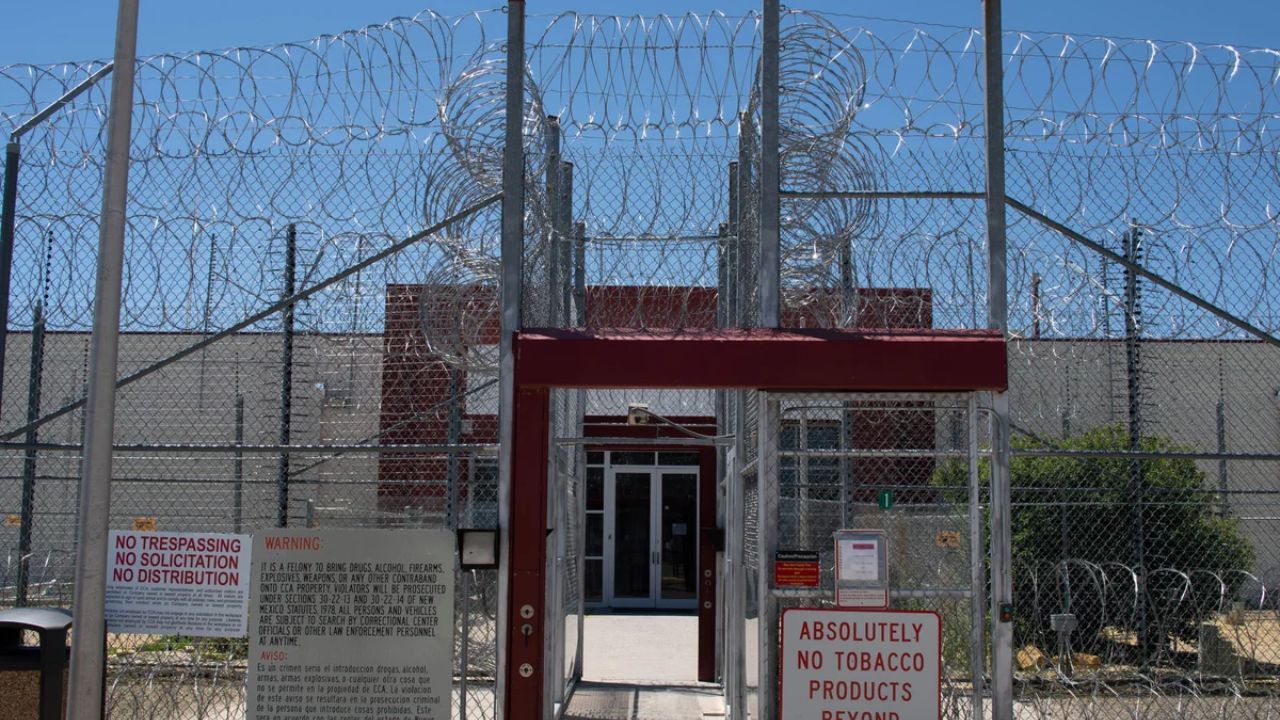If Congress doesn’t take timely action to protect Social Security, the average American may end up spending more than $6,800 a year out of pocket.
That’s the cost we’ll bear to replace what Social Security currently offers—financial protection from life’s biggest uncertainties like aging, losing a loved one, or becoming disabled.
For nearly a century, Social Security has been one of the most reliable safety nets for American families. It isn’t a handout or a welfare scheme—it’s something we all pay into with every paycheck.
It’s a shared insurance system meant to support people during some of the toughest moments in life. And yet, it’s in danger.
There’s been a lot of political back and forth about the future of Social Security, and many leaders avoid touching it because of how sensitive and important it is to the public. But with the trust fund facing major shortfalls by 2033, tough decisions can’t be postponed any longer.
Most people don’t realize just how essential Social Security is until they need it. It’s not just about retirement checks—it helps people who lose their spouse or parent, become disabled, or have a dependent with a disability.
Without this coverage, millions would fall into poverty or need to spend far more for private alternatives that often offer less.
Take a look at the poverty numbers alone. Social Security reduces poverty among Americans aged 65 and older by 33 percentage points.
Without these benefits, more than 19.5 million people would live below the poverty line, on less than ₹13 lakh per year. Overall, 27.6 million Americans are lifted above poverty each year because of Social Security.
And remember, traditional pensions are becoming rare. Most workers now rely on their savings, which can run out or take a hit during economic downturns. Social Security helps reduce that risk.
But if Congress doesn’t step in, all that could change very soon.
Right now, the Social Security system is projected to face a shortfall in funding by 2033. That doesn’t mean the program will run out of money completely. It just means there won’t be enough to cover full benefits, and payments could be reduced by about 21%.
To put that into perspective, the average monthly benefit today is around $1,900. A 21% cut means retirees could lose about $400 per month.
That’s almost $4,800 per year, money seniors would have to cover through extra savings, family support, or by cutting back on their basic needs.
The cost doesn’t stop at retirement. Social Security also offers disability insurance for millions of working Americans. Many don’t realize that about 1 in 4 of today’s 20-year-olds will become disabled before they retire.

If Social Security disability benefits are cut or eliminated, replacing that protection with private insurance would cost at least $1,200 a year—assuming you qualify. Private insurers often deny coverage or charge much more based on your health, age, or occupation.
Then there are survivors’ benefits. Over 5.7 million Americans are currently receiving support because they lost a parent, child, or spouse.
Replacing that coverage with private life insurance could cost about $500 a year for an average worker, and that doesn’t include higher premiums or coverage denials due to health conditions.
And for low-income seniors and people with lifelong disabilities, the Supplemental Security Income (SSI) program is critical. Over 7.4 million Americans receive these payments, averaging just $700 per month.
If the responsibility of funding SSI falls to individual states, residents could see higher taxes. In Wisconsin, for example, that would mean an extra $260 per person every year just to keep current SSI benefits running.
When you add it all up—retirement, disability, survivor benefits, and SSI—the average American would have to pay over $6,800 each year to make up for the loss of Social Security.
In many states, the cost would be even higher. In Connecticut, it could reach $7,279 annually. In Montana, the lowest estimated cost is still $6,474.
That’s a steep price to pay, and it would hit middle- and lower-income families the hardest. Even if payroll taxes were reduced slightly, it wouldn’t come close to offsetting the costs we’d be forced to shoulder as individuals, families, and communities.
Social Security works like insurance—it spreads the financial risk across the population and ensures that help is available when it’s needed most. And it’s fair.
The same rules and benefits apply no matter who you are. Private alternatives, in contrast, often come with restrictions, exclusions, and added costs.
If these programs are cut or allowed to shrink due to government inaction, it’s not just the elderly who will be affected.
Younger generations will face more pressure to save, buy insurance, and support family members in need. The economic impact will ripple through households, states, and the national economy.
Social Security isn’t just about monthly checks—it’s about peace of mind. It’s about knowing that if something happens, there’s a safety net in place. Removing that net will mean higher financial risks and real costs for every single American.
This is not a debate about politics—it’s a matter of long-term economic security. The sooner Congress acts to strengthen Social Security, the better off we’ll all be. Because without it, we’ll pay a lot more than we realize.
Disclaimer- Our team has thoroughly fact-checked this article to ensure its accuracy and maintain its credibility. We are committed to providing honest and reliable content for our readers.






